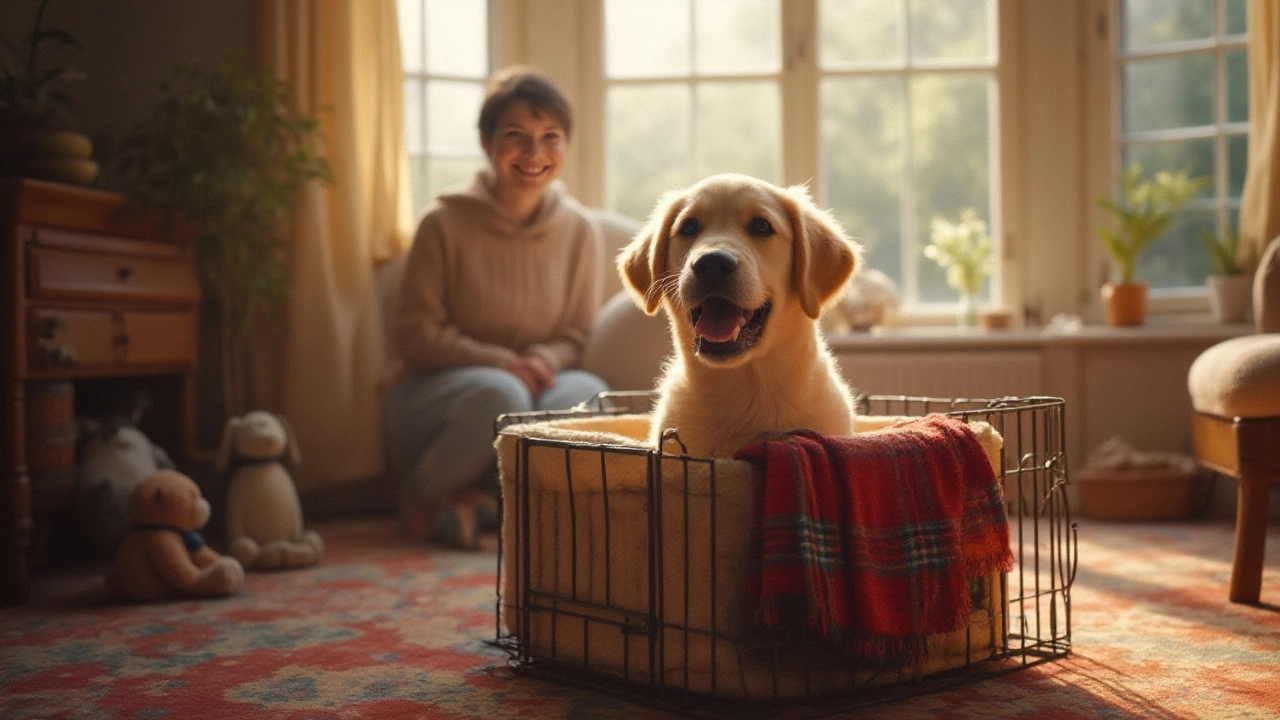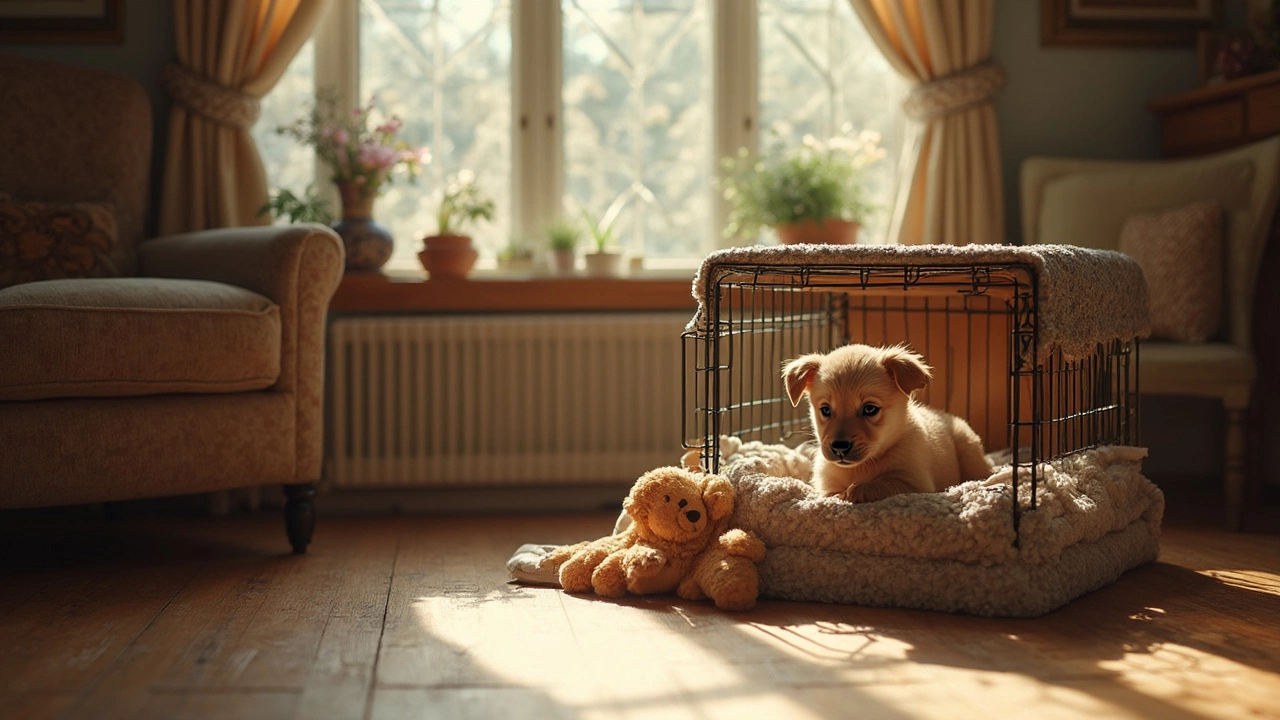Dog Crate Guide: How to Choose, Use, and Keep It Safe
If you’ve ever wondered why so many owners swear by a crate, you’re in the right place. A good crate feels like a cozy den for your dog while keeping your home tidy and safe. Below you’ll find the basics of picking the right size, getting your pup on board, and a few tricks to make crate time stress‑free.
Choosing the Right Dog Crate
Start by measuring your dog from nose to the base of the tail. Add a few inches so the pup can turn around and lie down comfortably. A crate that’s too big turns into a room, and a cramped one will make your dog anxious. Metal crates are sturdy and great for training; plastic ones are lightweight and travel‑friendly. If you plan to move the crate often, look for fold‑able metal models with handles.
Don’t forget the door height. Larger breeds might need a top‑hinged door so they can step in and out without a jump. For smaller dogs, a single front door works fine. A removable tray at the bottom makes cleaning a breeze – just empty the mess and wipe it down.
Crate Training Tips That Actually Work
First, make the crate inviting. Toss a comfy blanket, a chew toy, and maybe a treat inside. Let your dog explore it with the door open; don’t force him in. When he shows interest, give a quick treat and praise. This builds a positive link.
Start with short sessions while you’re home. Thirty seconds to a minute is enough at first. Gradually extend the time, always ending on a good note. If your dog whines, it might be a sign he’s not ready for a longer stay. Avoid yelling or punishing – it creates fear and defeats the purpose.
When you need to leave the house, feed a meal inside the crate. Dogs love a full belly, and the scent of food will keep the space pleasant. Keep a consistent routine: same bedtime, same crate spot, same morning release. Consistency helps dogs settle faster.
Covering the crate can make a nervous pup feel more secure. Use a lightweight blanket or a special crate cover that still lets air flow. Make sure the cover isn’t too heavy; you don’t want it to trap heat or block vision completely. If your dog seems stressed with a cover, try a half‑cover that drapes over the front only.
Traveling with a crate? Choose a model that meets airline guidelines – usually a sturdy plastic or metal crate with ventilation on all sides. Line it with a soft pad, add a water bottle, and place a familiar blanket inside. Arrive early at the airport, give your dog a chance to stretch, and keep the crate in a quiet corner of the terminal.
Cleaning the crate regularly prevents odors and germs. Wash the bedding weekly, wipe down the metal bars with a mild soap solution, and check for loose bolts. A clean crate is more inviting and helps keep your dog healthy.
Finally, remember that a crate is a tool, not a punishment. Use it for naps, travel, and safe downtime, but also give your dog plenty of supervised free time. With the right size, a comfy setup, and gentle training, the crate becomes a happy spot for both you and your dog.
- Morgan Ainsworth
- 0 Comments
Should I Put a Blanket in My Dog's Crate? Pros, Cons, and Tips
Not sure if you should put a blanket in your dog's crate? Learn benefits, risks, and expert tips for safe and comfy crate bedding your pup will love.
View More- Morgan Ainsworth
- 0 Comments
Should I Lock My Puppy in His Crate During the Day?
Crate training is a common practice, but many puppy owners wonder if it’s appropriate to lock their furry friends in crates during the day. This article explores the benefits and drawbacks of using a crate, offering insights into when it might be beneficial and when it could be harmful. Discover practical tips for effective crate training to ensure your puppy feels safe and comfortable. Learn how to balance crate time with playtime, and understand the developmental needs of your puppy. Make an informed decision about using a crate for daytime puppy care.
View More

